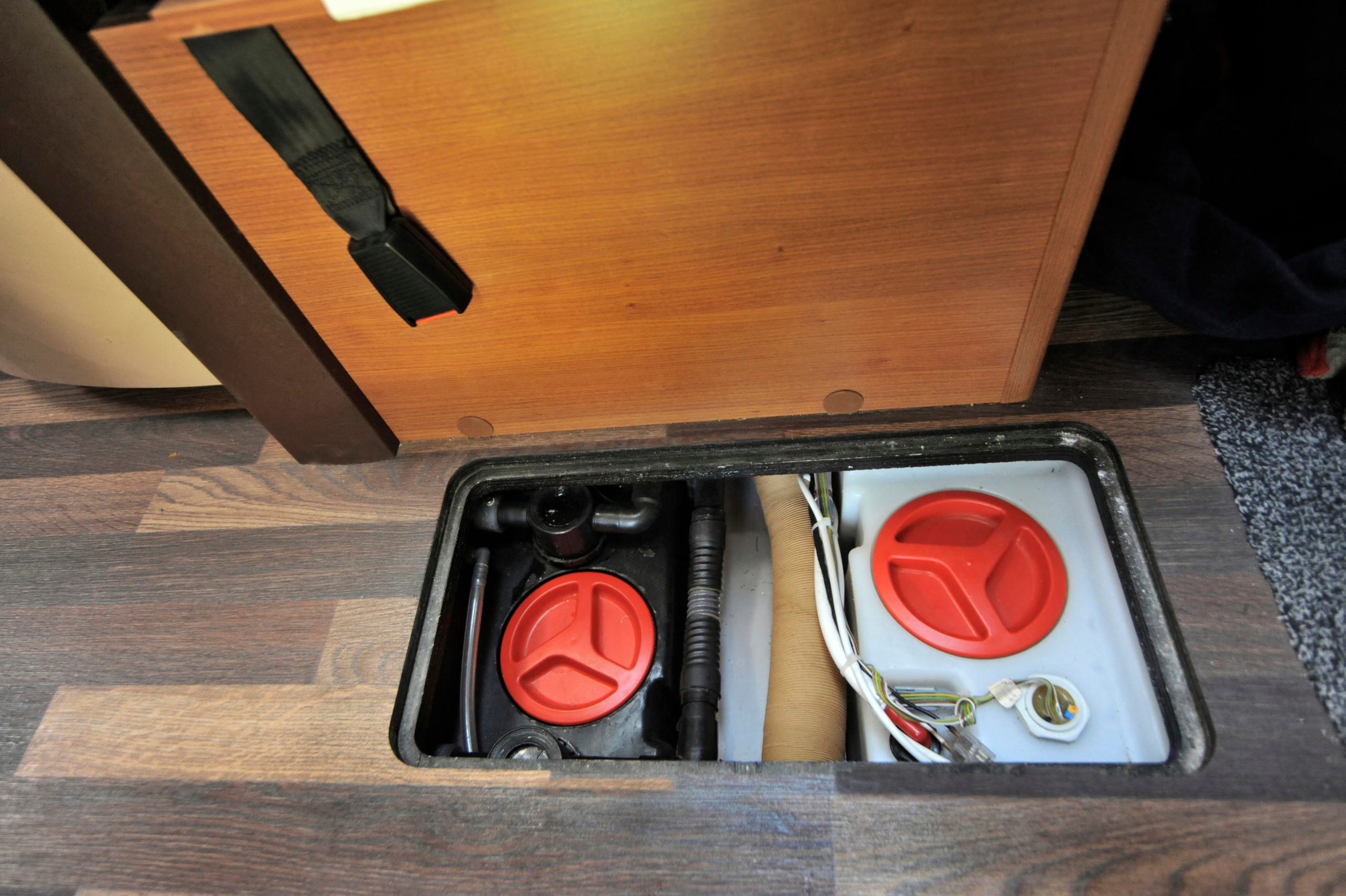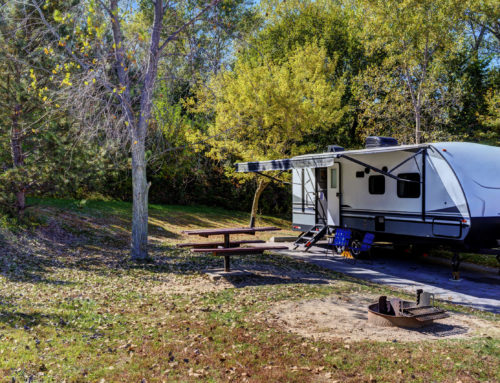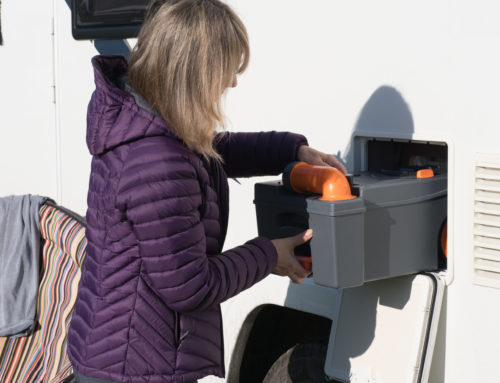Water is arguably the most essential resource in the world. When it comes to traveling in RV’s, it’s just as important to have proper water systems just as if you were at home. In just about every type of RV there is, at minimum, a toilet and usually some kind of faucet with fresh water. If you’re new to RVing then you don’t want to skip out on knowing about the water tanks.
For example, did you know that most RV’s have three water tanks? Each one serves a different purpose and requires different techniques of cleaning and maintenance. Since the water system is so important, it’s also important to know about the water tanks and how to keep them in good shape.
The Fresh Water Tank
The first water tank that we will talk about is the fresh water tank. This one is pretty obvious, but it’s still important to go over how it works. Obviously, when you go to any RV campsite that has a fresh water hook-up the fresh water tank is its first stop. The fresh water tank is the only one that feeds water into the RV, but water never returns to the fresh water tank except from a fresh water hook-up. From here, the water can then go to other areas of your RV:
- Sinks and faucets
- Shower
- Toilet
- Washing machine, if your RV has one

When you buy an RV, or you are replacing your fresh water tank, check to make sure that the material used on it is BPA-free. Maintenance is fairly simple and straightforward, but is still necessary. Although there isn’t as much cleaning involved with the fresh water tank in your RV, it is still necessary to ensure that it is routinely flushed. Especially with stagnant water, bacteria can grow in moist environments.
The Gray Water Tank
Next up is the gray water tank. Whenever you take a shower, all of the water that drains from that goes to the gray water tank. The water from your sinks and faucets also go into there. A lot of this water is going to be soapy, which makes the maintenance process a little easier since it’s harder for bacteria and other germs to grow inside of the gray water tank. Still, it should be routinely cleaned out. If you’re out traveling, you could expect to need to go to an RV dump station once every week.
When it does come to dumping your gray water tank, it’s actually recommended that you dump it last. This has to do with the sewer hose more than the tanks themselves. By dumping all of the other tanks first, the gray water is able to wash away any residual black water out of the hose.
The Black Water Tank
The least pleasant water tank to deal with. The black water tank is solely for human waste. In a way, the black water tank is kind of like a portable septic tank. Although obvious, everything from your toilet is emptied into this tank. You should also never have this tank completely empty before use. After dumping the black water tank, you’ll want to make sure that it has some water in it afterward.
Black water can only be dumped at certified RV dump stations. You can find these at a lot of popular RV campgrounds and other places that have RV parking. Never dump the black water onto the ground as this is illegal.
DIY Camper Van Conversions
For anyone who is willing and able to put in the extra work, there are “conversions” that can be installed into the smaller camper vans. A lot of camper vans either come with very limited plumbing or none at all because of their size. However, there are DIY ways to install the various water tanks. If you aren’t experienced with this, it’s not recommended to do it yourself. Of course, you can always hire professionals to do it regardless of your skill level.
There are tons of great benefits to owning an RV. You can travel to thousands of great destinations in the comfort of a fantastic RV. If you’re looking to buy one, Your RV Broker is a leading RV dealer in DFW. With lots of great options and a customer-focused sales approach, you’re bound to find your perfect RV.




